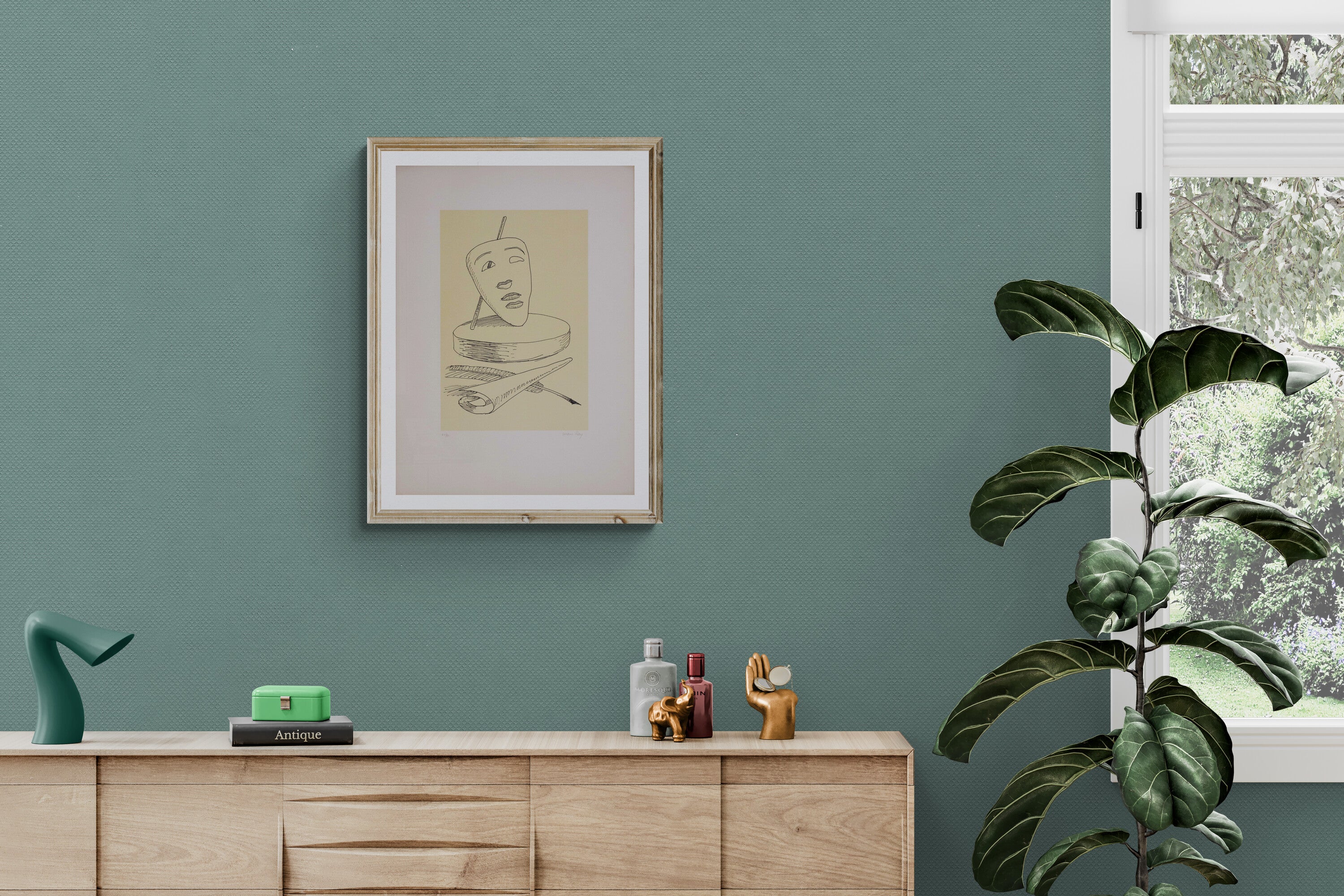Pietro Cascella biography
PIETRO CASCELLA BIOGRAPHY

Pietro Cascella was an Italian painter and sculptor born in Pescara on February 2, 1921, and died in 2008 in Pietrasanta. A child of art, he began cultivating the same passion as his grandfather Basilio (1860-1950) and his sculptor father Tommaso (1890-1968) from a young age, growing up in a family of artists where his brother Andrea and uncles Gioacchino and Michele also followed the same artistic paths as their relatives. Pietro thus represented the third generation of the Cascella family, now reaching the fifth thanks to his nephew Matteo Basilè born in 1974. The artist grew up thanks to the teachings of his father and grandfather, both painters and ceramists, within a lithographic factory in Pescara; shortly thereafter, this place would become the artistic site of the Cascella family where Pietro himself, thanks to the numerous tools at his disposal, would learn all those techniques that would ultimately make him a unique painter and sculptor.
The young Cascella started with painting, and then began to also become passionate about sculpture when he moved from Pescara to Rome in 1938: it was here that he attended, together with his brother Andrea and other friends, the courses of Ferrazzi Ferruccio, an artist and teacher at the Academy of Fine Arts. Also in the capital, he began frequenting the so-called furnace of Valle dell'Inferno, a place where he specialized in ceramic work in all its forms. In the years immediately following, Pietro Cascella dedicated himself to the artistic activities proposed at the Osteria Fratelli Menghi, one of the most famous and important meeting places for painters, sculptors, poets, musicians, and directors that existed between the 1940s and 1970s.
It was precisely here that Pietro Cascella met his future wife, Anna Maria Cesarini Sforza, a mosaic artist from Trentino, with whom he had three children: Tommaso, Susanna, and Benedetta. In 1943 he participated in the IV edition of the Quadriennale di Roma, one of the most important contemporary art exhibitions ever.
In 1948, right after the war, Cascella took part in the very first edition of the Biennale di Venezia, where he would return a few years later. In the 1950s, together with his brother Andrea and his mosaic artist wife Anna Maria, he collaborated on the creation of mosaics in honor of the so-called Cinema America hall in Rome.
During this period, Pietro Cascella began to develop a passion for sculpture and was strongly influenced by the Chilean artist Roberto Sebastian Matta (1911-2002): from him, the young man learned to sculpt following the most widespread surrealist fashions and styles of the time. His sculptural activity led him to win an important competition organized by the Biennale di Venezia, in which he participated a second time in 1956: this was the Monument of Auschwitz signed by Cascella himself together with architect Giorgio Simoncini. The project was initially followed by the artist, his brother Andrea, and designer Julio Lafuente, but later Pietro decided to take it in other directions; the monument was then inaugurated in 1967 at Birkenau, one of the many places where many victims of the Shoah rest. This artwork was selected, among 426 different proposals, by important personalities of the International Auschwitz Committee such as Dmitri Shostakovich, Carlo Levi, and Pablo Casals. The jury also included poet Henry Moore and the famous art critic Lionello Venturi, who highlighted how the monument by Cascella and Simoncini represents a dramatic symbol of modern history, a history whose traces unfortunately cannot be erased. It is considered one of the most important artworks of the sculptor from Pescara.
During the 1960s and 1970s, Pietro Cascella dedicated himself to creating numerous personal artworks, both in painting and sculpture, which he then exhibited in prestigious Italian and European galleries. In '62 he showed his ceramic projects at the Galleria dell'Obelisco in Rome, then later moved with them to the Galleria del Milione in Milan; in 1965 he exhibited in New York at the Galleria Bonino, and then again in '66 and '72 he returned as a special guest to the Biennale di Venezia. In '68 Cascella also went to the Galerie du Dragon in Paris and the Musée d'Ixelles in Brussels. In '71 the artist participated in the XXIII Salon de la Jeune Sculpture in the Parisian capital, then moved to the Palais de Beaux Arts in Brussels and finally held a large and very personal exhibition at the Rotonda della Besana in Milan. In '66, during his numerous travels, he met his second and future wife Cordelia von den Steinen, a famous Swiss sculptor with whom he had his second son Jacopo; he too would be an artist like the rest of the Cascella family.
From the 1980s until his death, Pietro Cascella focused particularly on the art of sculpture, working on monumental urban projects: among these, we remember the Arch of Peace in Tel Aviv, the Gate of Wisdom in Pisa, the so-called Nave Fountain in Pescara, and the monument dedicated to Mazzini in Milan. Here his poetics took on a true meaning: his sculptures tended toward cubism and geometric purism, and were almost always made with travertine marble and polished stones. On April 20, 2006, the artist received the important title of Gold Medal for Meritorious Service in Art and Culture. Furthermore, he was also awarded the Order of Minerva at the Gabriele D'Annunzio University of his hometown, Pescara.
On May 18, 2008, he passed away in Pietrasanta. His remains were laid to rest at the San Silvestro cemetery in Pescara, where other family artists also rest. For the tenth anniversary of his death, the project Escape from the Museum in Pescara was inaugurated, entirely dedicated to the most significant sculptural artworks of Pietro Cascella. Other of his creations are preserved and exhibited at the Basilio Cascella Civic Museum.



